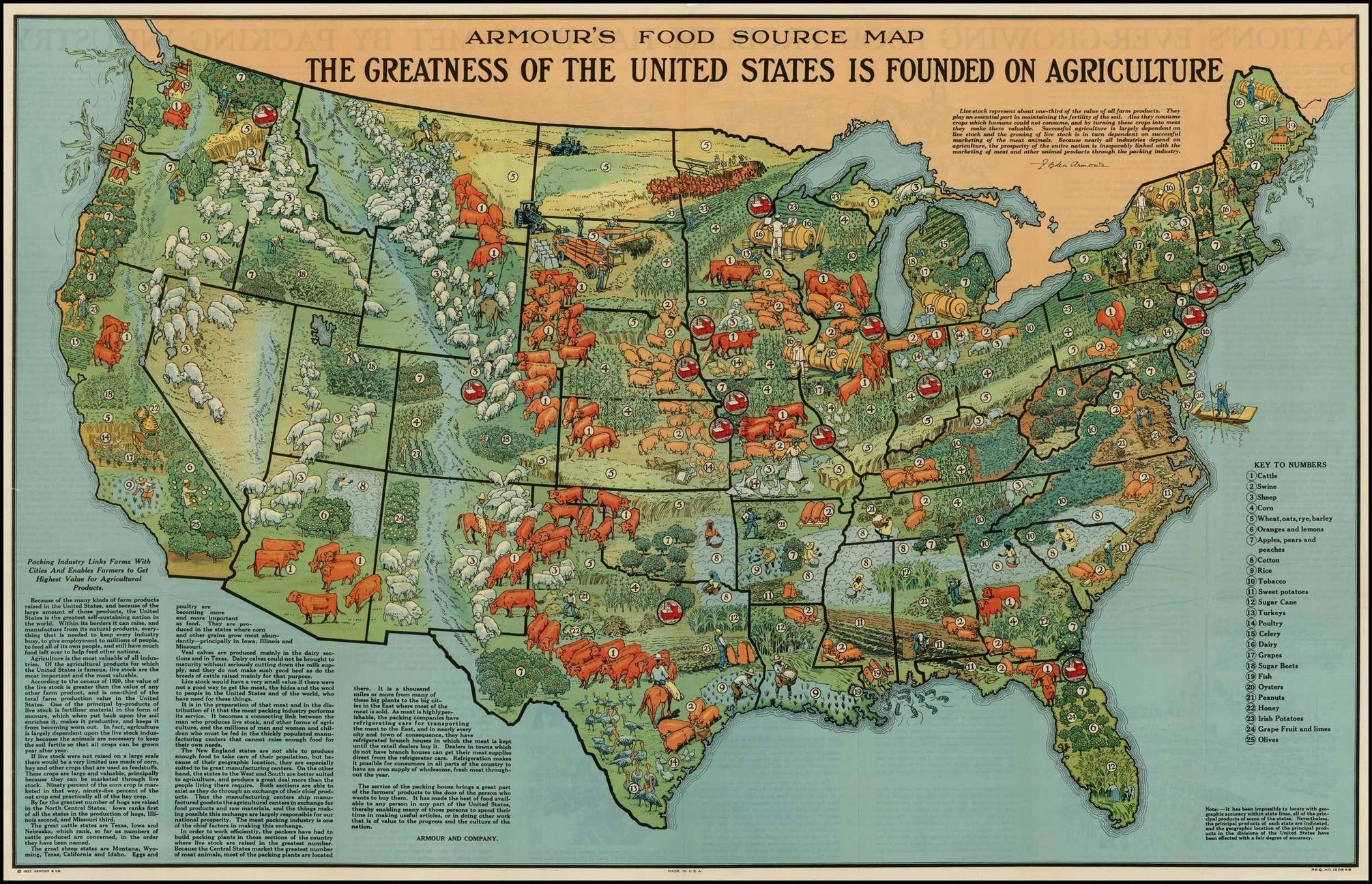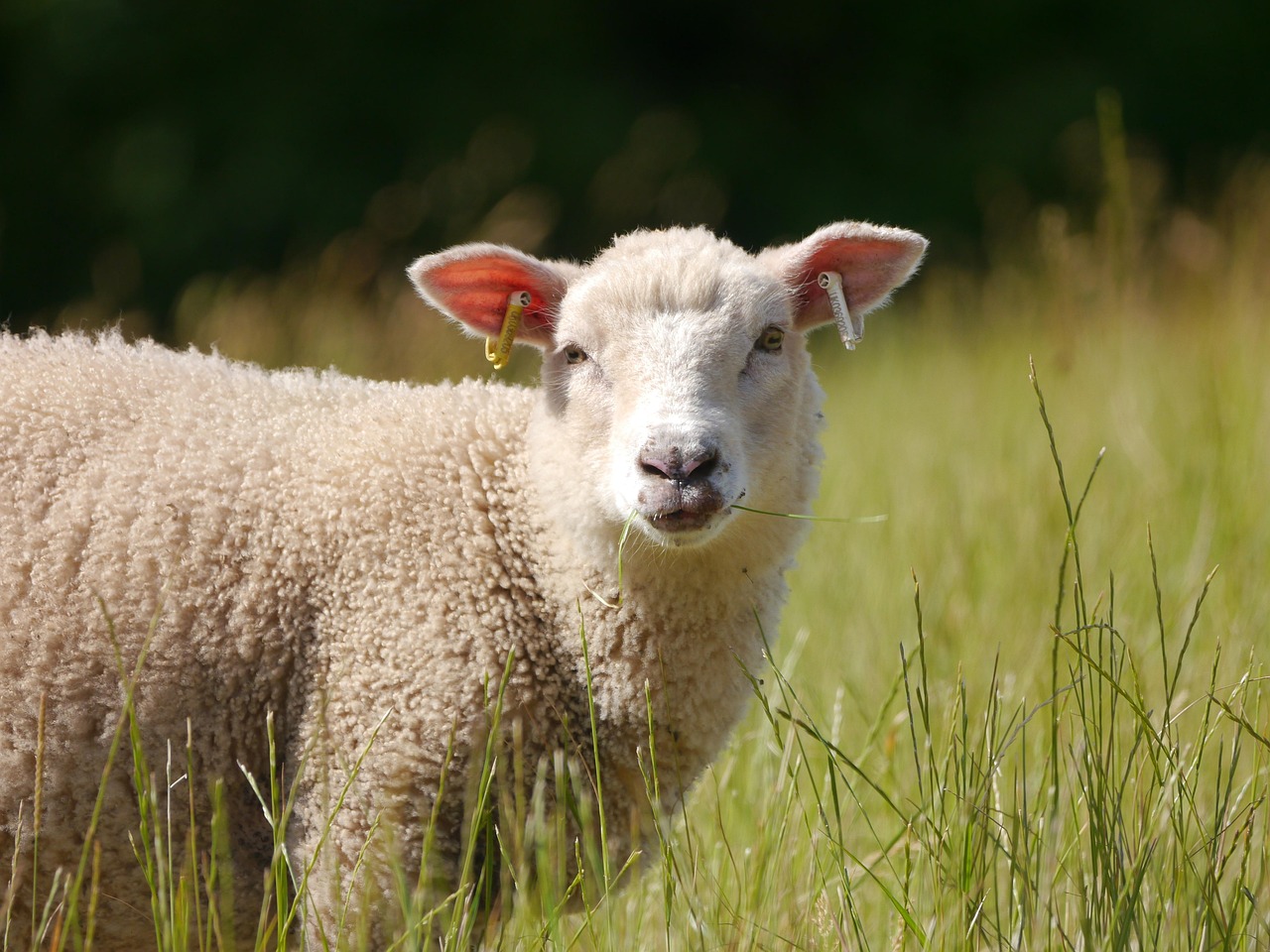
Healthy Eating Away From Home (Grades 6-8)
This lesson highlights awareness of consuming nutrients and calories away from home, and where to find the calorie and nutrition information for foods available in fast food restaurants. It also highlights how to determine individual calorie needs, as well as the number of calories in a typical fast food meal, and it focuses on dietary goals for saturated fat and sodium.

